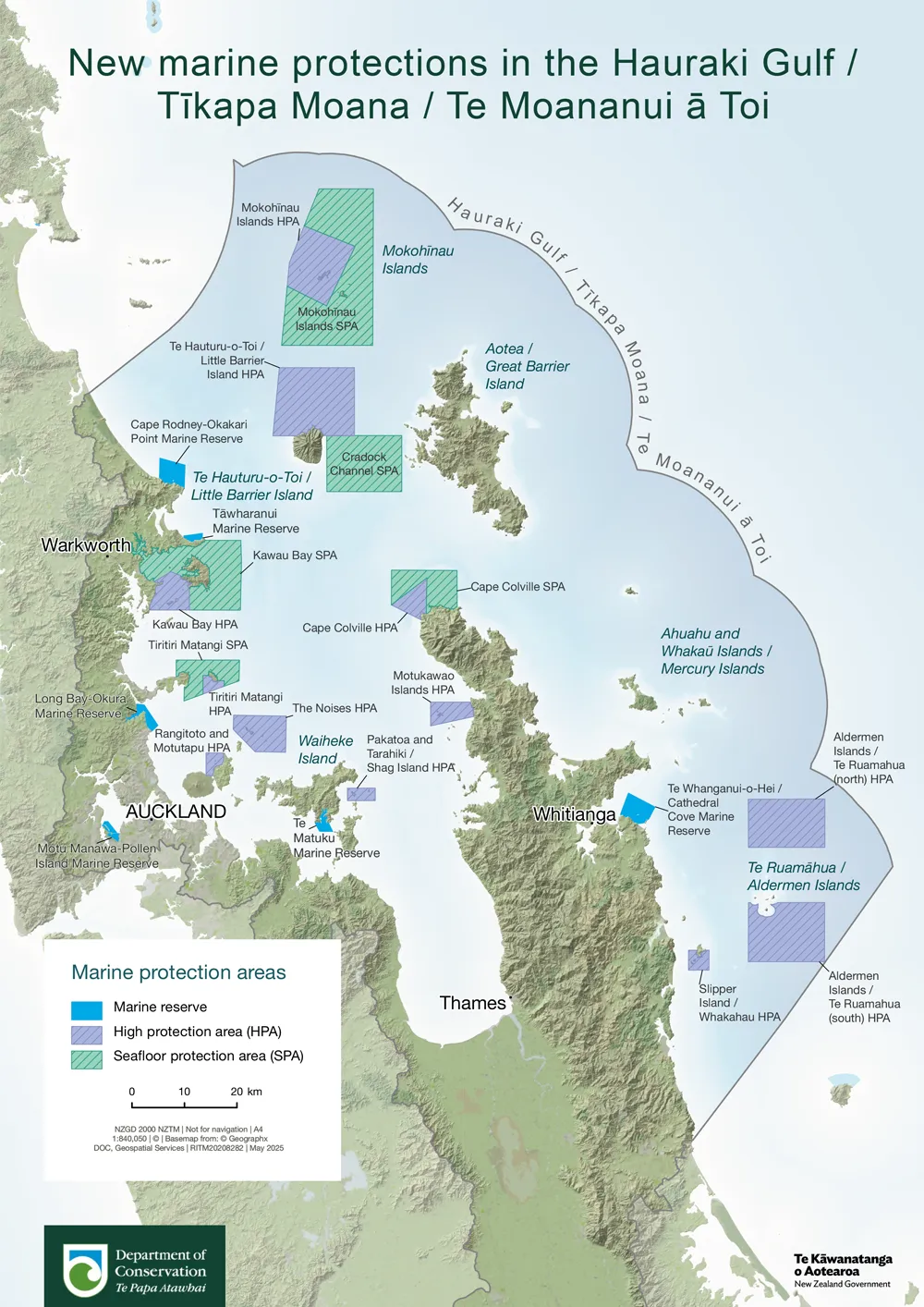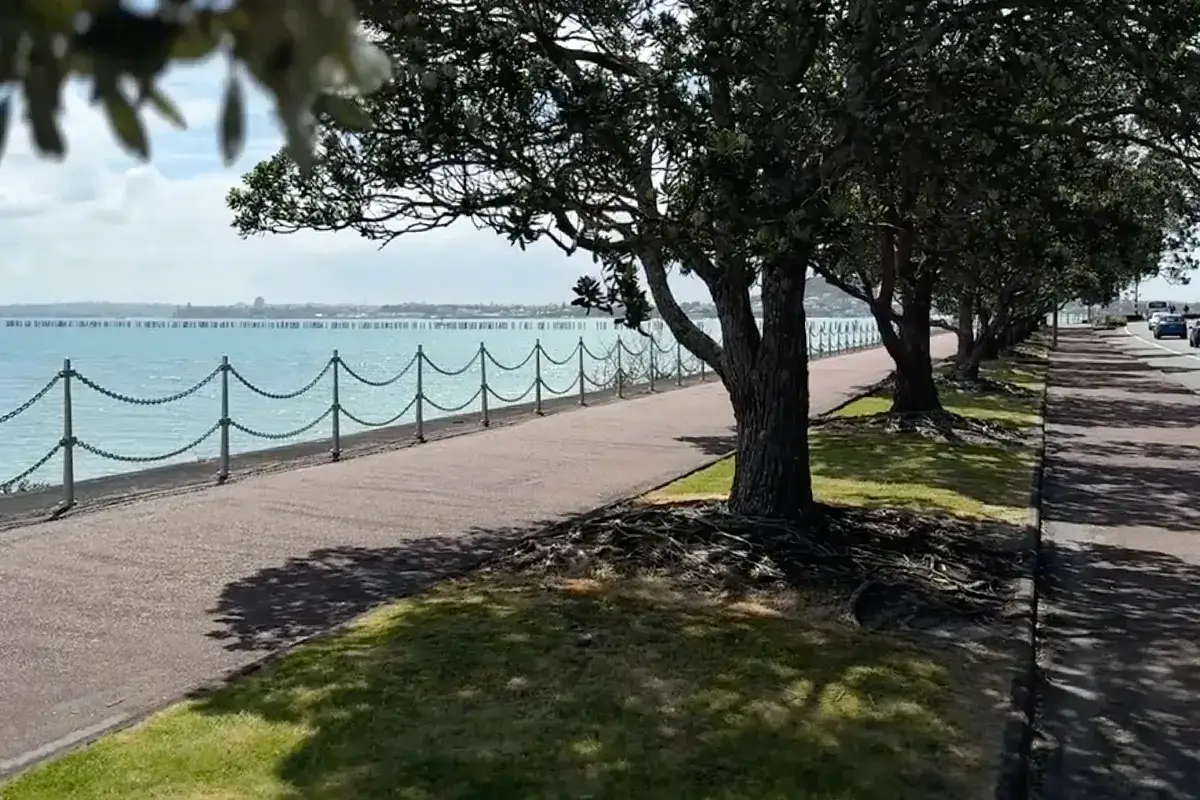An "amazing first step" for Aotearoa’s marine future
The passing of its third reading in Parliament, the Hauraki Gulf/ Tīkapa Moana Marine Protection Bill marks fresh momentum in New Zealand’s environmental story.
For decades, this vast stretch of ocean – stretching from Cape Rodney down to the Coromandel’s Alderman Islands – has been under pressure. Decades of overfishing, sediment run-off, and invasive species have taken their toll on a region once teeming with life.
Now, that is set to change. The new Bill – championed by conservationists, iwi, scientists, and community groups – will expand marine protection from less than 0.3 per cent of the Gulf to more than 18 per cent, establishing new marine reserves, seafloor protection areas, and species sanctuaries. It represents the most significant step toward restoring the health of Tīkapa Moana in a generation.

A victory for collective mahi
This milestone is the result of years of work from thousands of New Zealanders who refused to accept the decline of one of our most important ecosystems.
Organisations like Live Ocean, founded by Olympic sailors Peter Burling and Blair Tuke, Friends of the Hauraki Gulf, Government Agencies, Doc and local iwi have kept national attention on the Gulf’s plight.
Campaigns such as Swim4TheGulf (2023) and Foil4TheGulf (Live Ocean 2025) brought people together – swimmers, foilers, and scientists, to raise awareness of how fragile this marine environment has become.
Today, that persistence has paid off.
What the new protections mean:
Under the Bill, the Hauraki Gulf will gain:
- 12 new high-protection marine reserves where biodiversity can recover naturally
- Five seafloor protection areas banning bottom trawling and dredging
- New marine park zones balancing sustainable use with ecological recovery
- Stronger partnership with mana whenua, recognising Māori kaitiakitanga and traditional knowledge
These measures will help regenerate habitats vital for species like snapper, kōura (crayfish), bryozoan reefs, seabirds, and dolphins – and rebuild the Gulf’s resilience in the face of climate change.





